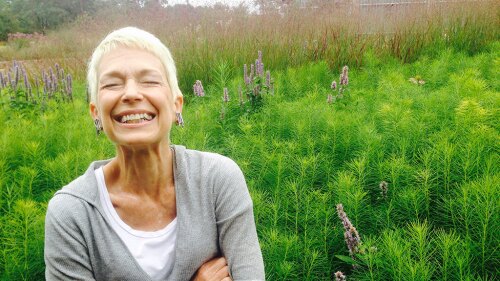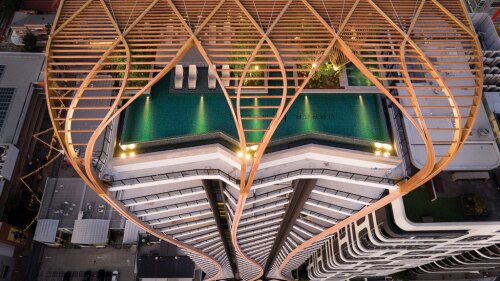To many people, the idea of modern design as a solution to homelessness might seem impractical, if not paradoxical. What does one have to do with the other? Quite a lot, especially for Team HETED (Homeless Empowerment Through Efficient Development), winner of the ULI Los Angeles 1,000 Homes Competition. Going up against five other teams formed by local experts in architecture, design, development, finance, construction, and social work, Team HETED delivered the most viable housing solution to a serious problem endemic to Los Angeles.
In an attempt to help Los Angeles address a homeless population that now tops 48,000, ULI Los Angeles created the 1,000 Homes Competition to see what solutions professionals in the housing industry could offer. Each team was given six weeks and assigned a city in Los Angeles County in dire need of a solution to chronic homelessness—homeless people with significant mental or physical disabilities. Team HETED, assigned Glendale, realized that creating housing solutions for the homeless might have more to do with the nonhomeless population.
“Constructing large-scale public housing in unsightly towers in less desirable parts of town is not an effective solution,” says Derek Leavitt, a member of Team HETED and principal of Modative Inc., an architecture firm based in Los Angeles. “The key is using a neighborhood’s existing architecture to its advantage.”
Glendale, like many cities in Los Angeles County, is home to small clusters of bungalows, a design product of the 1920s in which eight to ten single-story units horseshoe around a courtyard. Instead of tearing down the bungalows and building from the ground up, the team brainstormed ways to adapt the structures that would please both their future residents and the surrounding neighborhood.
In the design, each of the existing two-bedroom/one-bath units would be stripped to the studs and converted into two separate studio units. The dilapidated garages and back units would be replaced by a parking area, laundry room, counseling offices, and multiple community spaces, and modern second-story units would be constructed.




